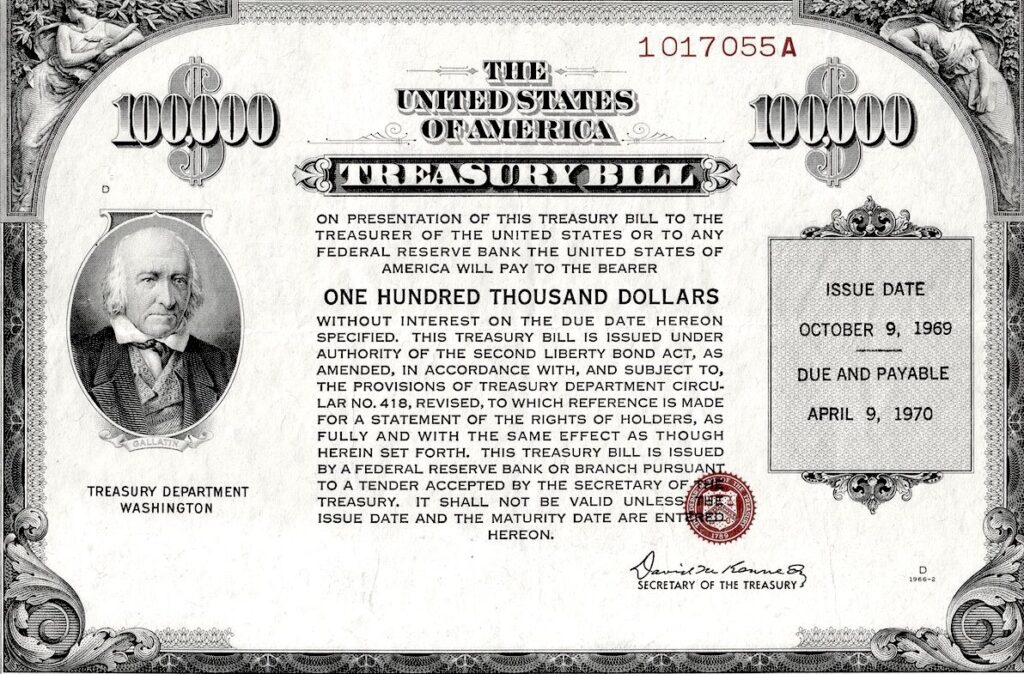The Rise of Real-World Assets in the Digital Economy
Real-world assets (RWAs) have marked a significant milestone, surpassing a total value locked (TVL) of $10 billion, as reported by DeFiLlama. This burgeoning category is gaining traction, with prominent players like Maker, BlackRock’s BUIDL, and Ethena’s USDtb each contributing over $1 billion to the TVL.
Highlighting the Fastest-Growing Asset: USDtb
Among these assets, USDtb has emerged as the most rapidly growing stablecoin, boasting an astonishing increase of over 1,000% in TVL within the last month. USDtb is uniquely backed by tokenized shares from BlackRock’s money-market fund, setting it apart from its competitor, USDe, which relies on crypto-assets and perpetual futures strategies to generate yields.
Market Trends: The Dominance of Treasury-Backed Tokens
Recent reports indicated that Treasury-backed tokens achieved a record market cap of $4.2 billion in the first quarter of this year. This surge is attributed to the impressive performance of tokens such as Ondo Finance’s OUSG and USDY, alongside BlackRock and Securitize’s BUIDL, Franklin Templeton’s BENJI, and Superstate’s USTB.
According to RWA.xyz, Treasury-backed tokens continue to dominate the RWA landscape, while tokenized commodities trail behind with a TVL of $1.26 billion. Paxos Gold stands out in this category, holding a TVL of just over $500 million.
Investor Behavior: A Shift Towards Safer Assets
Analysts suggest that the current market dynamics reflect a growing preference among investors for safer, more stable assets amidst a bearish sentiment in the cryptocurrency market. Treasury bills (T-bills) have been outperforming yields offered by major decentralized finance (DeFi) protocols, such as Compound, highlighting the shift in investment strategies.
Understanding RWA Tokenization
The rise of RWAs and their tokenization is reshaping the financial landscape. As more investors seek refuge in stable assets, the implications for both traditional finance and decentralized systems are profound. For those looking to delve deeper into the concept of tokenizing real-world assets, further insights can be found in discussions surrounding RWA tokenization.
In conclusion, the growth of real-world assets is not just a trend but a significant evolution in the financial ecosystem, paving the way for new opportunities in both digital and traditional markets.



